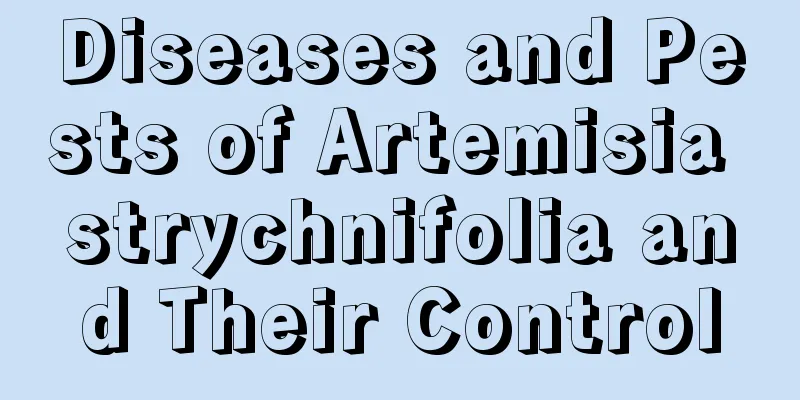Diseases and Pests of Artemisia strychnifolia and Their Control

Anthracnose damageThe cause of anthrax is Bacillus anthracis. In addition to plants, many animals can also be infected with Bacillus anthracis. For plants, the most susceptible seasons are spring and summer when the weather is relatively warm. At this time, not only is the temperature suitable, but the humidity is also moderate. Although the Sterculia sterculia will grow well, Bacillus anthracis will also multiply rampantly. In the early stages, only individual leaves will wither and fall off, but in the later stages, the withering will be more serious, and even the entire Sterculia sterculia will suffer irreversible damage. Therefore, if you encounter anthrax, you must treat it. The harm of Artemisia serrataPsyllids are relatively small and active, and are very harmful to plants. Compared with adults, larvae are less harmful, so prevention and control should be done as early as possible. Psyllids on the Sterculia tree will feed on the phloem of the plant and inject toxic substances, seriously affecting the growth of the plant. Prevention and control methods of diseases and pests of Artemisia serrataThe prevention and control methods of anthracnose and psyllid disease are similar. First of all, early prevention is relatively simple. In late winter, before spring comes, clear the diseased flowers, dead leaves and fruits inside the garden, and at the same time eliminate some insect eggs to prevent the large-scale reproduction of pathogens and the growth of insect eggs in spring. On the other hand, you can add fertilizer to the Sterculia to improve its own immunity. Finally, when anthracnose is more serious, it is necessary to spray drugs regularly, but it should be noted that the drugs sprayed for psyllid disease and anthracnose are different, and the proportions of the drugs are also different. To add, the method of pest control is to attract some natural enemies. This method is environmentally friendly and simple, but it is only suitable when there are relatively few psyllids. |
<<: Common diseases and pests of jasmine and their control methods
>>: Common diseases and pests of pitcher plant and their solutions
Recommend
What flowers are best to grow at home in winter?
1. Hyacinth It is a kind of flower that can be gr...
The correct way to water flowers with overnight tea The correct way to water flowers with overnight tea
It is very good to use overnight tea to water flo...
How to propagate Magnolia grandiflora by grafting
Preparation before grafting Magnolia grandiflora ...
Cultivation methods and precautions of Jade Flower
1. Breeding methods 1. Watering: Water appropriat...
How to Grow Lilies at Home
1. Planting time Lilies are suitable for planting...
Can lucky bamboo be exposed to the sun?
Can lucky bamboo be exposed to the sun? Lucky bam...
Yushu growth environment conditions and characteristics
Yushu Growth Environment Conditions and Requireme...
Succulent pennywort...cut it quickly after it blooms, otherwise it will die immediately!
Cut the succulents off immediately after they blo...
Is hydrangea easy to grow? Which varieties are easy to grow?
1. Is it easy to raise? Hydrangea can be said to ...
How to care for crystal grass
Crystal grass growing conditions Crystal grass is...
Key points for cultivating cymbidium
Know Cymbidium orchids and choose the right pot T...
Cultivation method of red birch
1. Planting When growing it as a small potted pla...
Homemade flower fertilizer with some ingredients, no odor, no insects, essential for growing flowers
1. Add some orange peel to the compost to prevent...
Are peach trees suitable for planting in the yard?
1. Is it suitable for planting in the yard? Peach...
How many yellow-pi trees can be planted per acre?
Kumquat is one of the fruits in southern my count...









